Gallery
Photos from events, contest for the best costume, videos from master classes.
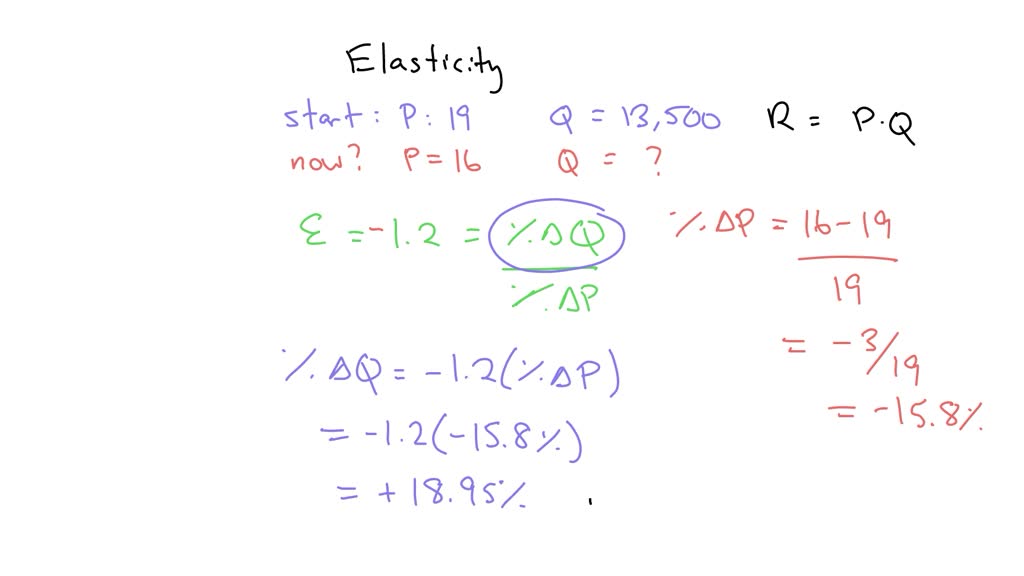 |  |
 | 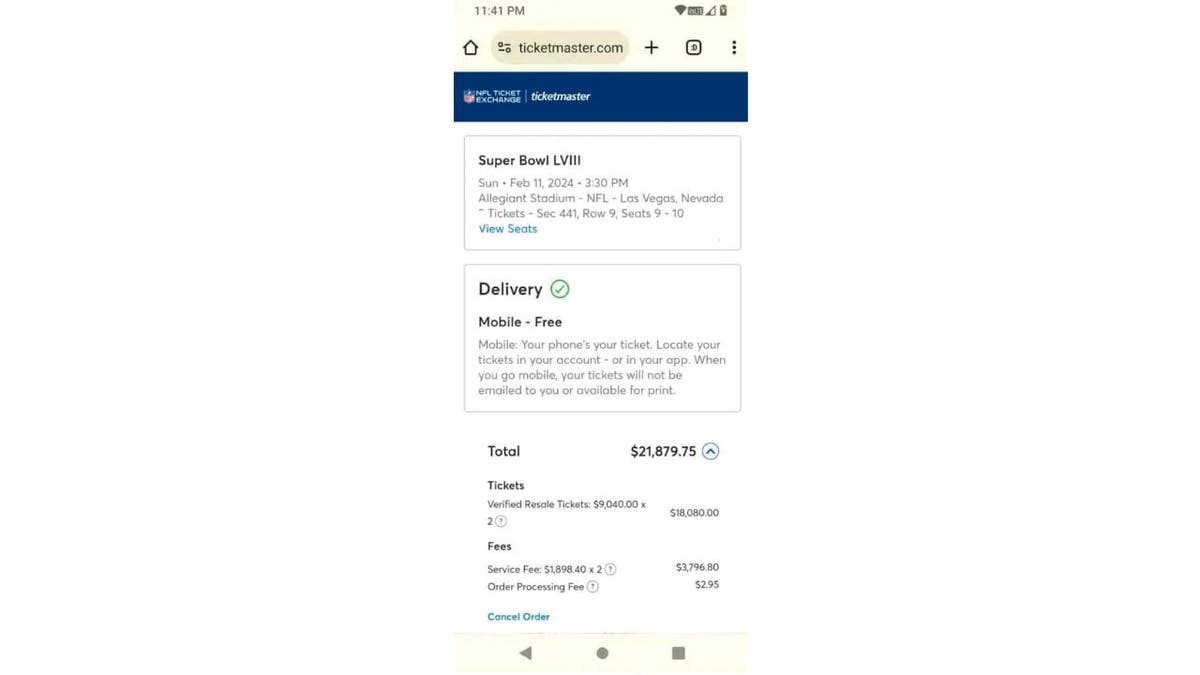 |
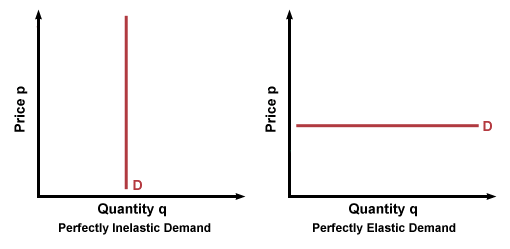 | 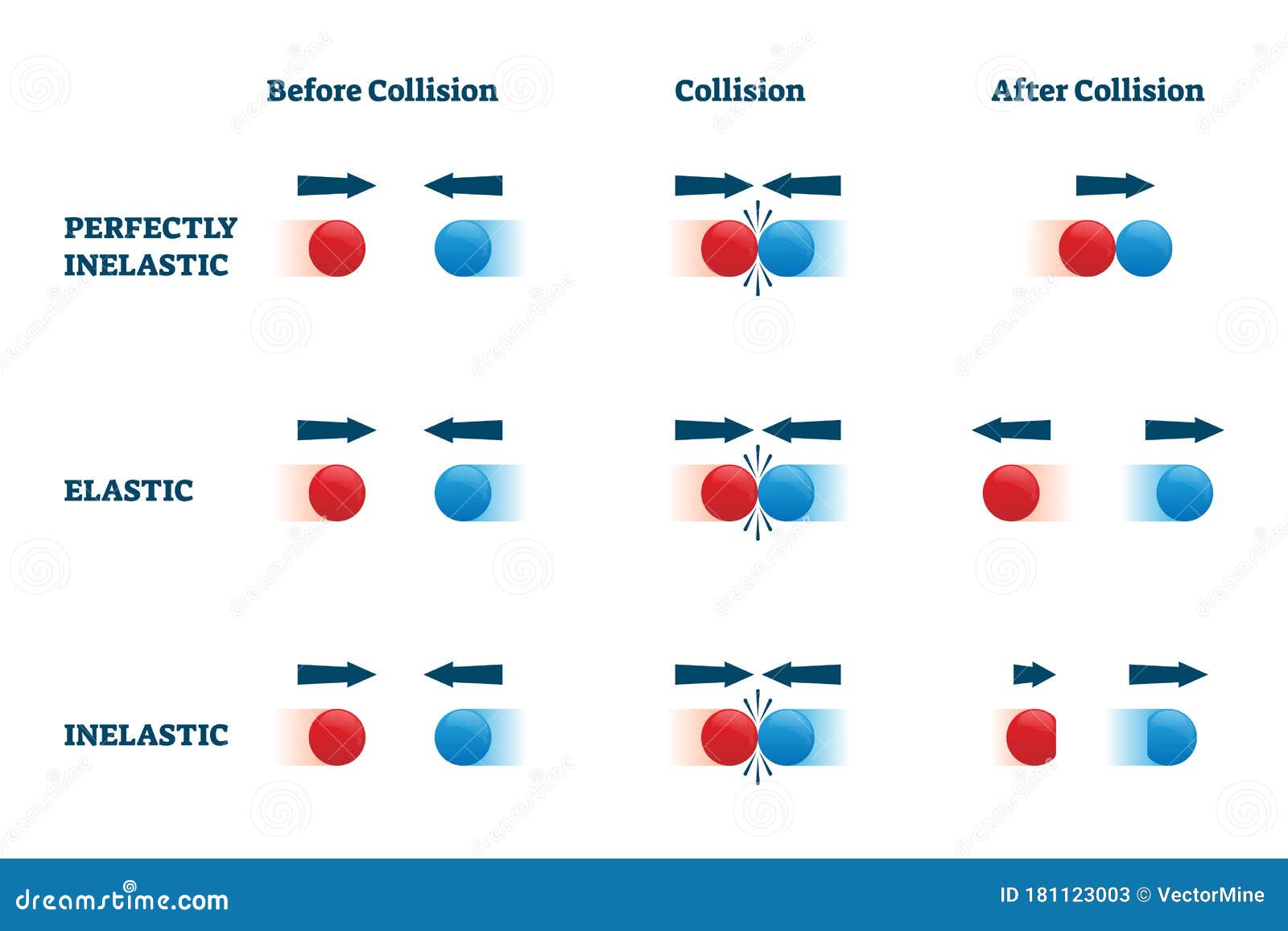 |
 | 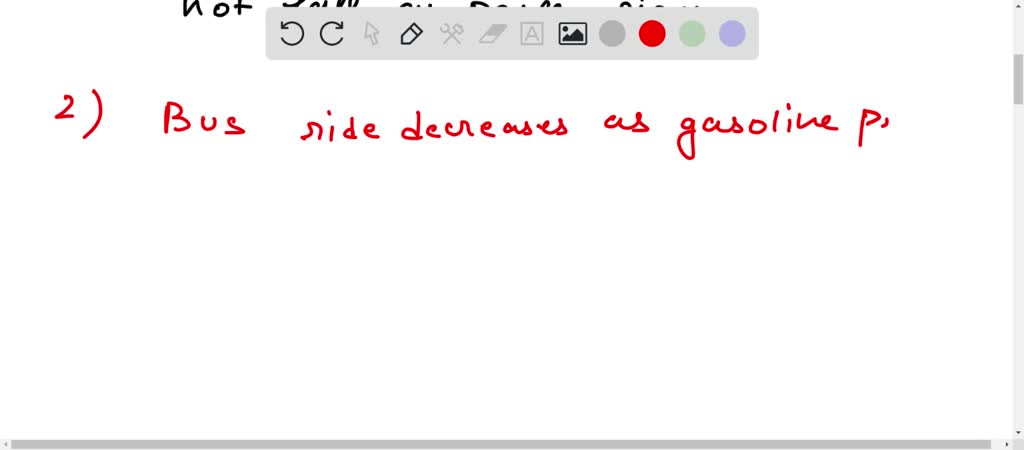 |
 |  |
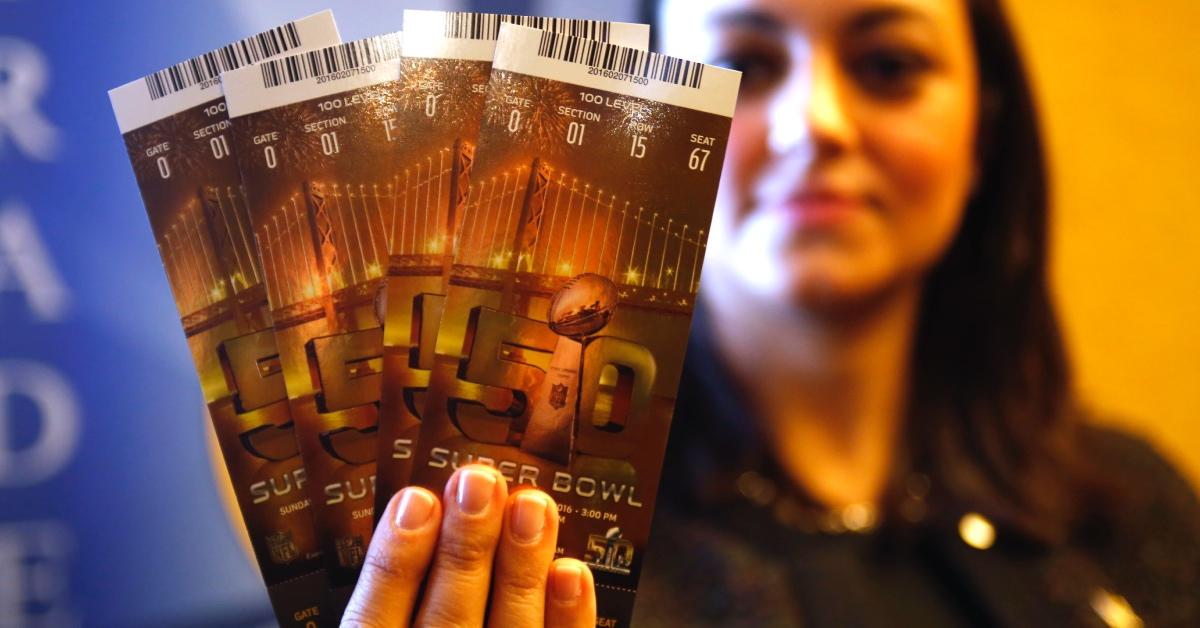 |  |
Research on the secondary market during the 2013 Super Bowl shows many $600 tickets sold for $2,000 while seats near midfield went for up to $6,100 and premium club seats changed hands for $6,400 Super Bowl Ticket Prices Drop. On Jan. 27, a Forbes contributor wrote about fifty-yard-line tickets to Super Bowl LIX that were listed as high as $56,000 on the secondary market, Super Bowl Tickets: Elastic or Inelastic? By Elliot Mueller The super bowl has consistently been the most popular sporting event in America. In 2018 super bowl LII between the New England Patriots and the Philadelphia Eagles reached 103.4 million viewers. elasticity of supplyis the percentage change in quantitysupplieddivided by the percentage change in price. We can usefully divide elasticities into three broad categories: elastic, inelastic, and unitary. Because price and quantity demanded move in opposite directions, price elasticity of demand is always a negative number. The question of whether the price elasticity of quantity demanded for Super Bowl tickets is .23, elastic, inelastic, or none of the above concerns the concept of price elasticity of demand. This concept measures how much the quantity demanded of a good responds to a change in the price of that good. Lesson 10 – Elasticity of Demand 5 Example 6: Suppose the demand function for a product is given by 0.02 400px . This function gives the unit price in dollars when x units are demanded. Find the elasticity of demand. Then determine if E($100) is unitary, elastic or inelastic, and interpret the results. () () p fp Ep f p In fact, ticket prices are hovering around the same level as Super Bowl 57. Super Bowl 59 ticket trends There's been a heavy flock of Pennsylvania residents booking their tickets to the game. availability of substitutes: Super Bowl tickets, no substitutes relative importance: how much of you budget are you about to spend on the good? (higher %, more sensitive to changes) necessities (inelastic) vs luxuries (elastic): demand for lobster and steak more inelastic than demand for ground beef or shrimp change over time: demand sometimes becomes more elastic over time, b/c ppl can This Sunday, the Philadelphia Eagles will be pitted against the Kansas City Chiefs in Super Bowl LIX held at the Caesars Superdome in New Orleans. Temple University sport business faculty member Rick Ridall discusses why this year’s average Super Bowl ticket price of $6,304, as of Monday is down roughly 33% from last year's median ticket price of $9,400. As of Monday, the lowest price for a Super Bowl ticket we could find was $3,273 on VividSeats, $3,400 on GameTime, $3,480 on Stubhub and $4,420 on Ticketmaster before tax and fees. Believe it Study with Quizlet and memorize flashcards containing terms like Buyers bear a smaller incidence of the tax when: A) The tax is higher B) Supply is more elastic than demand C) Demand is more elastic than supply D) Demand is perfectly inelastic, In the graph shown here, the upward-sloping lightgray line is the initial supply curve. The upward-sloping dark red line is the new supply curve. This Source: Benjamin Snyder, "Soaring Super Bowl ticket prices in one wallet-busting chart," Fortune, January 31, 2015. Refer to the Article Summary above. Based on the difference between the face value of Super Bowl tickets and the prices being charged in the resale market, the demand at the face value of the tickets is A. elastic. B. inelastic. Study with Quizlet and memorize flashcards containing terms like The number of people willing to buy tickets to the Super Bowl is invariably greater than the number of tickets (and seats) available. This is evidence that the price of the tickets is a. higher than the equilibrium price when the demand is inelastic but lower when the demand is elastic. b. equal to the equilibrium price since Calculate the price elasticity of demand for this good; explain how the total revenue from the sale of the good has changed; and explain which of the following goods this good is most likely to be: orange juice, bread, toothpaste, theater tickets, clothing, blue jeans, or Super Bowl tickets. ____ 26. ____ 226. In San Francisco, tickets for professional and college football games are still available. An increase in the ticket price for professional football, other things being equal, will increase the demand for college football tickets. b. decrease the demand for college football tickets. c. not change the demand for college 3. Calculate the price elasticity of demand for this good; explain how the total revenue from the sale of the good has changed; and explain which of the following goods this good is most likely to be: orange juice, bread, toothpaste, theater tickets, clothing, blue jeans, or Super Bowl tickets. The scenario described where the number of people willing to pay for tickets to see a Super Bowl game is greater than the number of tickets available is evidence that demand exceeds supply. This fundamental economic principle indicates that more people want to attend the event than there are seats available, causing a shortage. The number of people willing to buy tickets to the Super Bowl is invariably greater than the number of tickets (and seats) available. This is evidence that the price of the tickets is a) higher than the equilibrium price when the demand is inelastic but lower when the demand is elastic b) lower than the equilibrium price c) higher than the equilibrium price d) equal to the equilibrium price The average price of a Super Bowl ticket is currently $8,940, MSN reports. The average price for scalped tickets is $8,264. The big money, however, comes from broadcast rights. The NFL reportedly makes more than $5 billion per year selling broadcast rights for all its games, which includes the Super Bowl, the most-watched game of the year. If the market price for Super Bowl tickets is $2,000, and the equilibrium price is $3,000, there will be a(n) _____ of Super Bowl tickets. elasticity. 16 of 20
Articles and news, personal stories, interviews with experts.
Photos from events, contest for the best costume, videos from master classes.
 |  |
 |  |
 |  |
 |  |
 |  |
 |  |